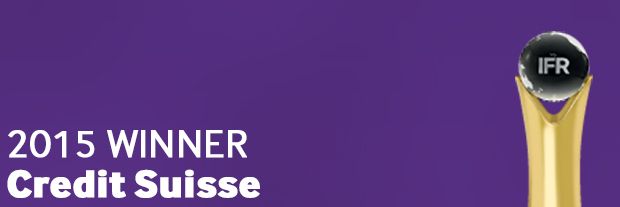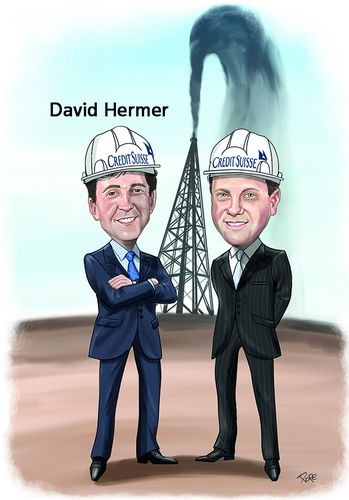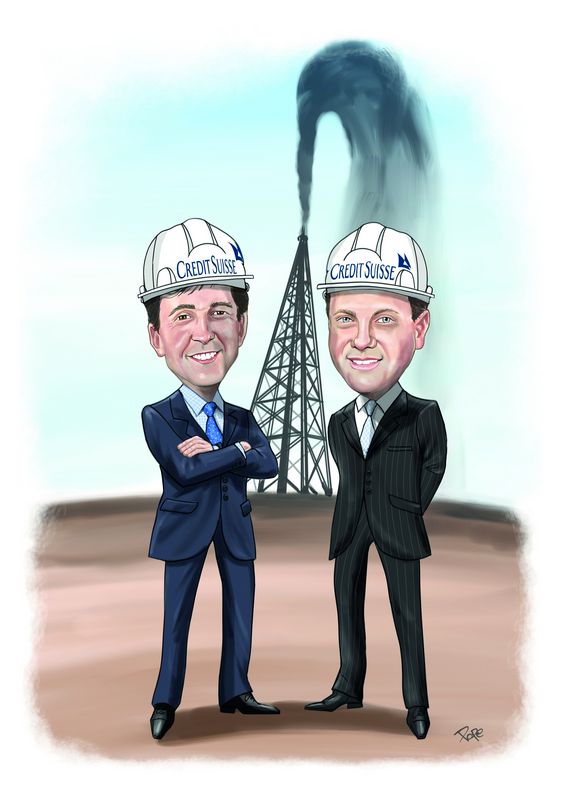Block heads
Plenty of banks have bought their way up the league tables with accelerated risk business. Building market share and profitability is far rarer. Yet Credit Suisse gained as others watched issuance fall – and it is IFR’s Americas Equity House of the Year.
As equity was bought back or doled out to finance acquisitions this year, ECM volumes in the Americas slipped and IPO activity collapsed. This presented an opportunity for a canny bank to attack, carve out niches and accelerate its way up the league tables. Those that best understood risk could pump up returns by using capital judiciously. Credit Suisse was one such bank.
While it has a smaller investment-banking footprint than its rivals, Credit Suisse is also lighter on its feet – and that helped it repeatedly find the right solution for clients.
Of course, the dominance of the domestic US houses meant the Swiss bank could only rise so far. In the awards period it ranked fifth with US$19.5bn of bookrun business across 140 transactions, its best year since 2000.
Yet the momentum is clearly with the foreigner as it ranked third in the first 11 months of 2015 – outpacing Goldman Sachs, Citigroup and Bank of America Merrill Lynch.
Of the US$17bn of follow-on business Credit Suisse completed in the awards period, more than half was done on a risk or accelerated basis.
Plenty of banks are happy to swing a big cheque book around in order to leap up the league table, ignoring profits in the process. But Credit Suisse’s cheque book is anything but big – and its moves actually enhanced the bottom line.
“The trend in blocks over the last couple of years of ‘Anything will work’ has become ‘You’d better know what you are doing’,” said David Hermer, Credit Suisse’s global head of ECM. “We try to excel in the spaces where we are most knowledgeable.”
That means avoiding widow-makers such as the US$2.7bn block sale of Hilton Hotels, the “Mother’s Day Massacre” that left the three leads with US$100m-plus in combined losses.
Instead, the bank made its own jumbos through repeated sales in stocks it knows well – notably the four secondary sales of Aramark totalling US$3.12bn – alongside one-offs such as the US$1.1bn sale of HD Supply.
The bank’s US$9.4bn of capital-committed and accelerated sales was the highest across the market, but it was still careful.
The bank frequently employed a “shared upside” strategy, providing a backstop in return for a fee, while sharing proceeds above that level with the issuer. This was particularly suited to the struggling E&P sector, where Credit Suisse also sought to minimise risk by employing pre-open execution.
The strategy was first used on a US$130m selldown by two shareholders in Diamondback Energy in November 2014, then for two primary deals by the same company in January and May 2015 to raise US$121.8m and US$341.6m, respectively.
“We didn’t realise at the time that we had established a funding model,” said Diamondback Energy investor relations head Adam Lawlis. “Credit Suisse said there was a window for select E&Ps that were proactive to raise capital.”
The January deal got done despite oil prices slumping by nearly 40% between the November trade and launch.
Newfield Exploration represented the high-point of the strategy when the company – issuing equity for the first time in more than a decade – raised US$835m.
Healthcare, a dominant theme of the year, was also a central focus for the bank.
On Spark Therapeutics, which focuses on rare genetic diseases, Credit Suisse and JP Morgan overcame a crowded calendar in January to place 7m shares at US$23, well above the US$15–$17 range targeted on a deal originally sized at 5.5m shares. Oversubscription would ultimately swell to more than 30 times.
Spark Therapeutics closed first-day trading at US$46 and ended the awards period at US$55.94, 143.2% above offer – the best-performing US IPO of the year overall.
Aimmune Therapeutics and Edge Therapeutics also stood out as the two came to market post-summer when political headwinds were blowing strongly. While Edge met a cool reception, both traded up from offer.
“There has been no shortage of IPO mandates in life sciences, but only a limited number of high-quality deals,” said Cully Davis, co-head of Americas ECM at Credit Suisse along with Robert Santangelo.
Energy and healthcare differentiated Credit Suisse from competitors, but the bank more than held its own in more traditional verticals. It was a bookrunner on five of the top 10 IPOs.
To see the digital version of the IFR Review of the Year, please click here .
To purchase printed copies or a PDF of this report, please email gloria.balbastro@tr.com .



